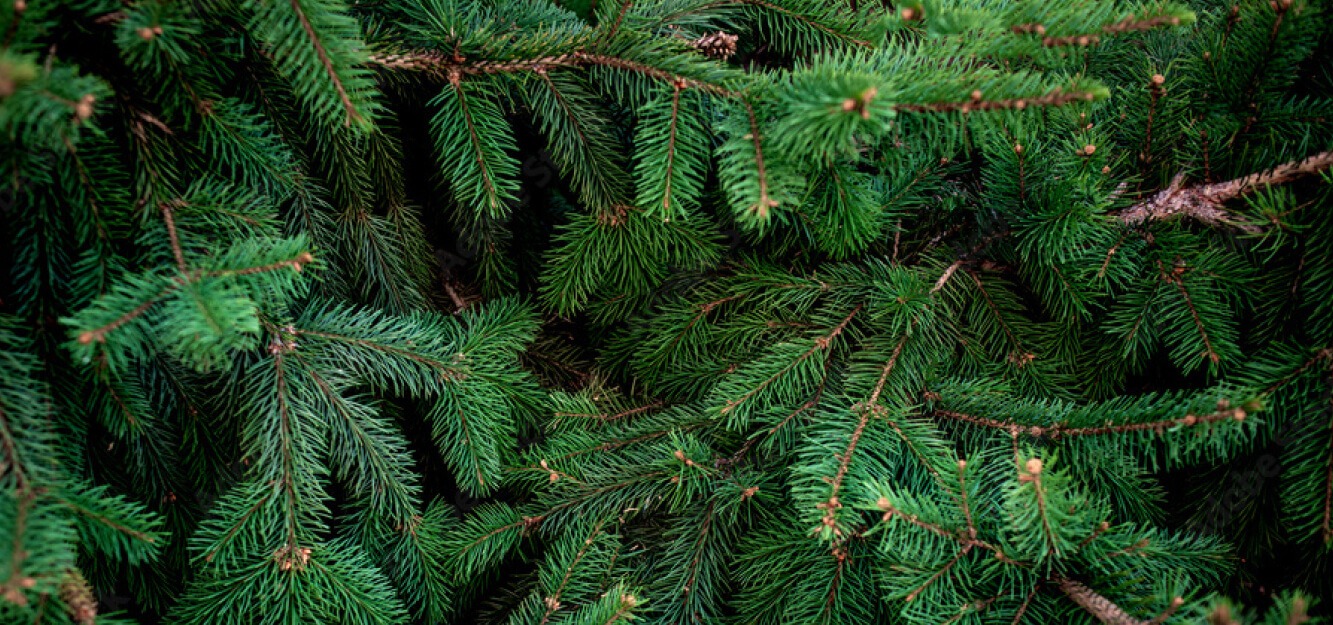You have likely at some point been involved in the debate about whether it’s more eco-friendly to have a real evergreen conifer versus an artificial Christmas tree. The most common type of artificial tree is made with PVC (polyvinyl chloride), a petroleum-derived plastic. Real trees are, well, real evergreen conifers such as spruces, pines and firs.
We are refraining from picking sides in this debate (and we will also not debate whether “Die Hard” is a Christmas movie or not) but we wanted to share some thoughts on the pros and cons of the two tree types. Both have an environmental impact, so consider them as you choose what is best for you and your household this holiday season.
Artificial trees mean a real tree was not harvested. Therefore, the “saved” tree will continue to produce oxygen and absorb CO2. However, PVC production produces many unhealthy emissions which have a negative impact on the environment. They really can’t be considered eco-friendly, but if you do use an artificial tree, it takes around 20 years of use to offset the environmental cost of using a live tree each year.
Real trees are generally “produced” on farms. Growing things in a production environment requires water, fertilization and pesticide use. However, modern American farms generally produce carbon neutral trees and many serve as wildlife habitats until they are harvested. Also, a real tree is recyclable, but you need to find somewhere to take them. Putting them by the road after the holiday means they will simply end up in a landfill.
The bottom line? Everything we do has an environmental impact. You could go without a tree, but that isn’t much fun. Whatever you choose, we hope your holidays are filled with joy and laughter, and maybe plant a tree for your New Year’s resolution! Next year, we will focus on another controversial topic: the Festivus aluminum pole.
